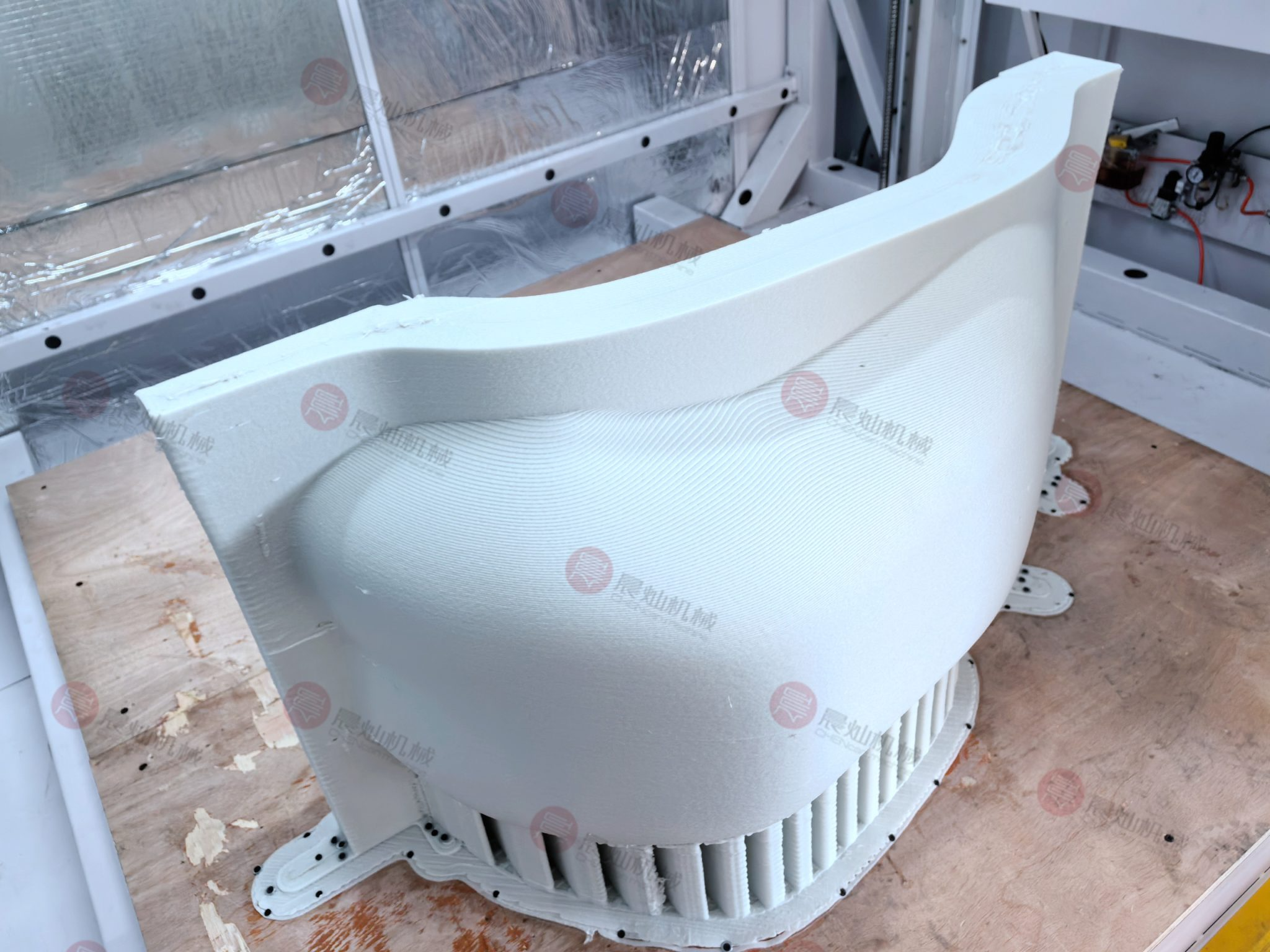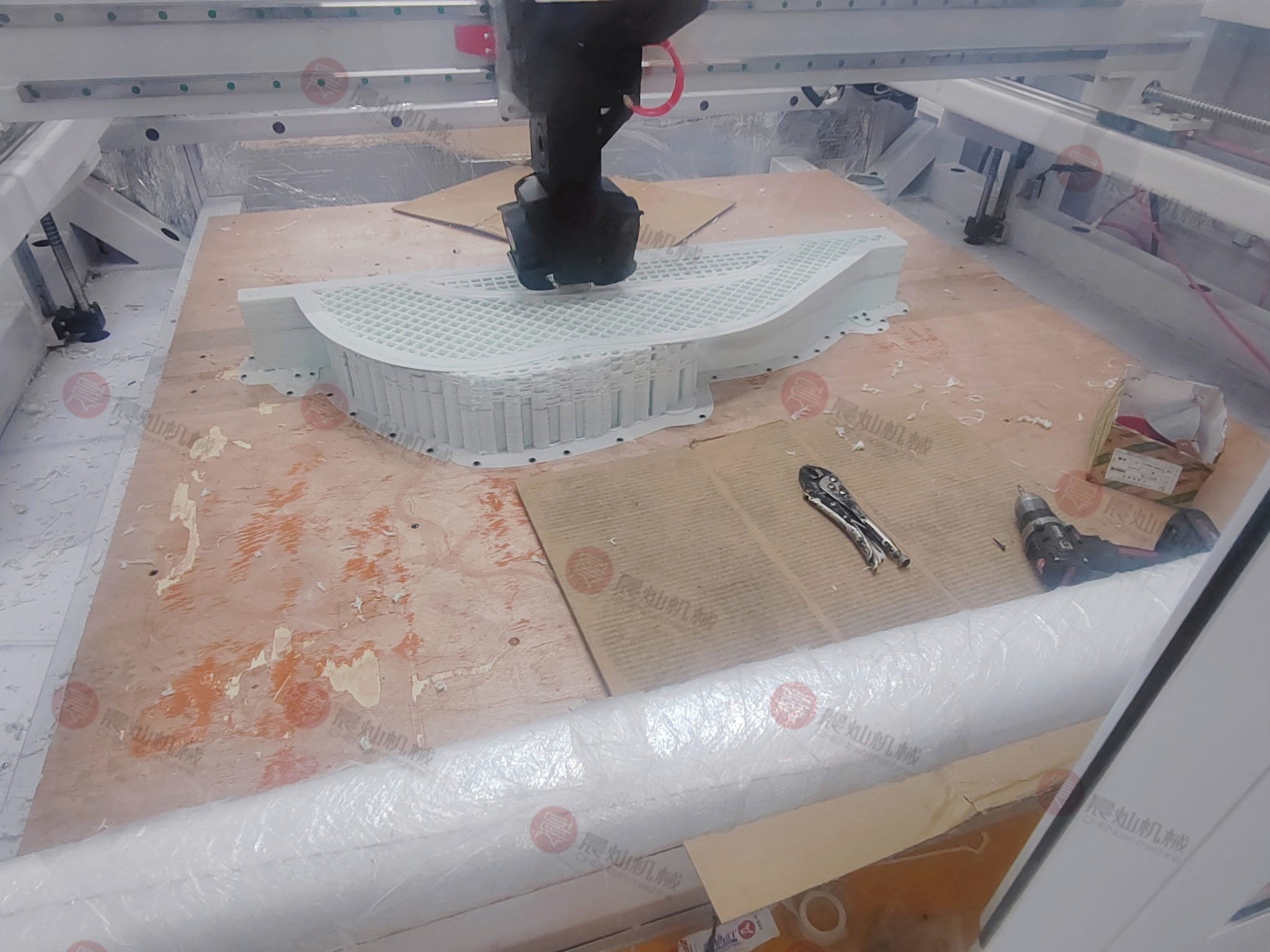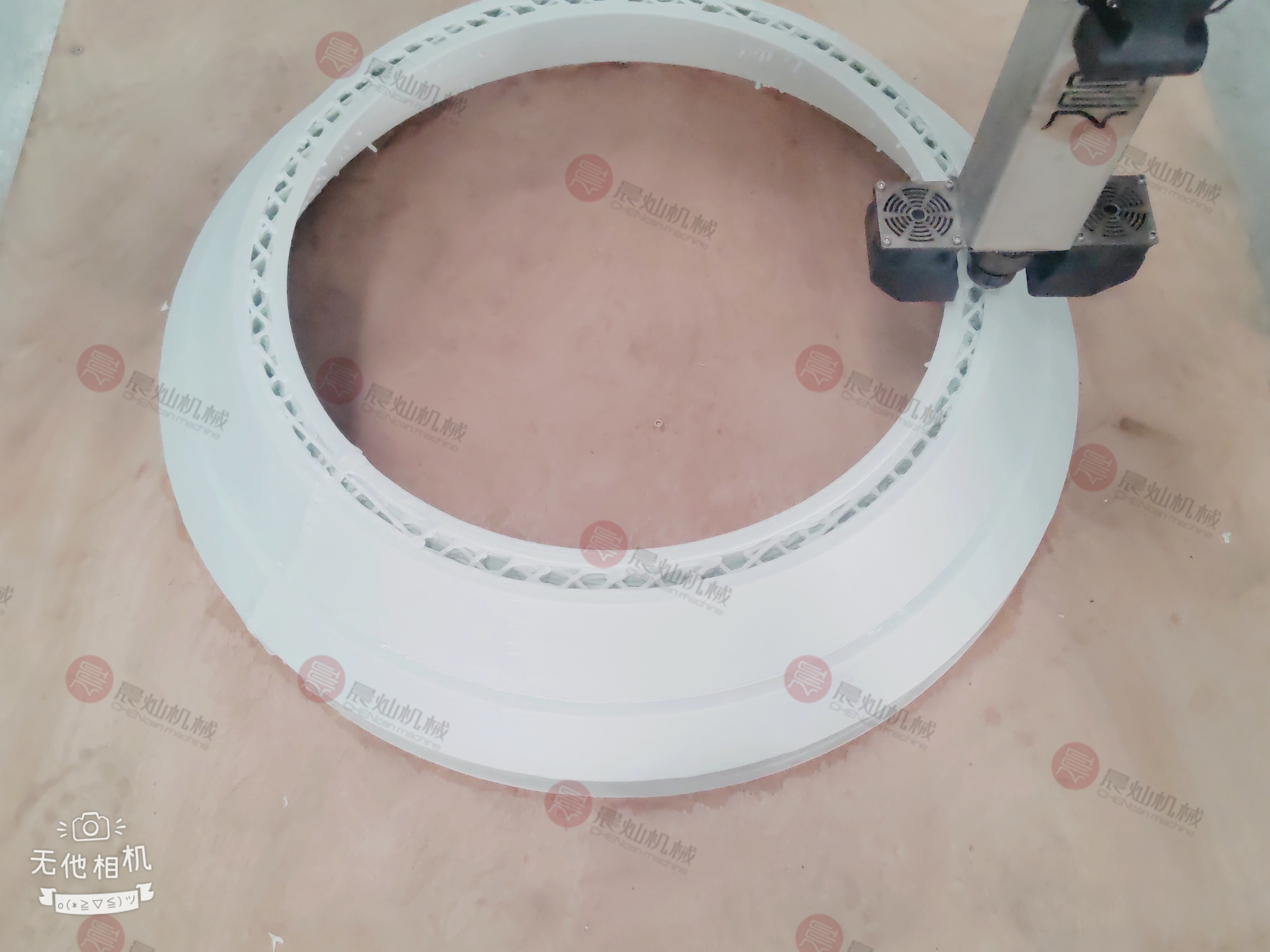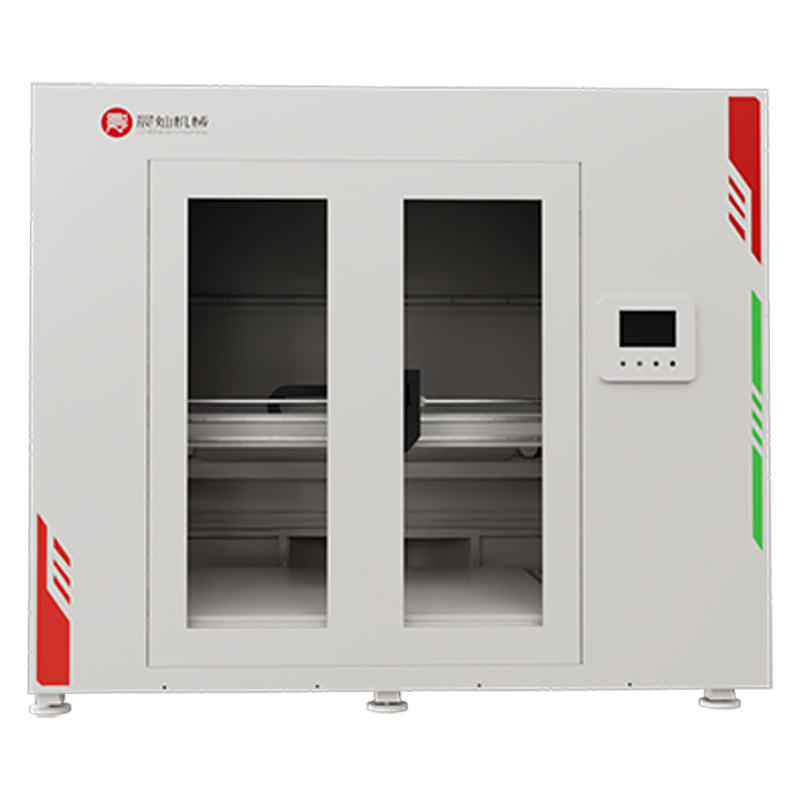As 2025 rolls in, industrial 3D printing stands out as a game-changer for makers and sellers looking to tap into growing markets. You might wonder how to pick items that move fast and bring solid profits. This guide dives into top choices, from custom parts to large-scale models, all while keeping costs low and speed high. Think about the shift toward sustainable goods and quick turns— that’s where the real money lies. If you’re serious about scaling up, check out CHENcan, a veteran player since 1998 with bases in Shandong and Jiangsu. They’ve served over 12,000 clients in 70 countries, holding 130 patents and certifications like ISO9001 and CE. Their focus on innovation, like hybrid printing tech, makes them a go-to for reliable gear. Now, let’s get into why this tech fits your needs and what to print next.

Why Industrial 3D Printing Excels for Manufacturing in 2025?
You face rising material costs and tight deadlines, but industrial 3D printing cuts through those headaches by building items layer by layer with precision. It handles big jobs in fields like aerospace or automotive without the usual factory hassles.
Minimal Waste and Cost Savings
Traditional methods chew up resources, but 3D printing uses just what you need. For instance, when making wind turbine blade molds, you avoid scrapping half the stock. Knowledge from years in the field shows savings up to 50% on materials like ABS or composites. It’s straightforward: load pellets, print, done. No big stockpiles sitting around.
Rapid Prototyping Capabilities
Speed matters when testing ideas. Print a prototype in hours instead of weeks. Take yacht hull molds—clients tweak designs on the fly. Real cases from shipbuilders in Colombia highlight how quick iterations lead to better fits. You get feedback fast, adjust, and sell sooner.
Particle-Based Printer Recommendations
Go for machines that melt granules like PP or nylon for tough parts. These handle large formats, up to 60 meters for some molds. A solid pick is the High Efficiency Particle 3D Printing Mold Equipment, built for industrial molds with minimal downtime. It fits right into your workflow for consistent output.

What Top Products Can You 3D Print and Sell Profitably?
Markets crave custom items that solve specific problems, like durable molds or lightweight parts. You can target niches where demand spikes, drawing from proven applications in wind power or rail transit.
Custom Molds for Automotive Industry
Car makers need precise bumper or interior molds. Print them with composites for strength. Examples from Vietnam users show how these hold up in production lines. Sell to auto shops; they pay premium for quick delivery. Sizes vary, but start small at 1300x2500mm to test waters.
Process Models for Aerospace Applications
Turbine blades or propellers demand accuracy. Use 3D for lightweight prototypes. French pool mold cases prove the tech’s versatility beyond planes. You print detailed models, sell to engineers. Profits come from repeats— one good client orders dozens.
Durable Prototypes Using DF Series
Hybrid machines mix printing and milling for smooth finishes. The Industrial 3D Printer Machines for Process Models excel here, handling foams or woods. Indian wind mold projects demonstrate long-term use. You create prototypes that last, attracting steady buyers in energy sectors.

Which Materials Drive Success in Industrial 3D Printing?
Picking the right stuff keeps your prints strong and affordable. You worry about compatibility, but options abound for various jobs, from soft foams to rigid plastics.
Recyclable Plastics like PP and ABS
These melt easy and recycle well. For bathroom molds like bathtubs, ABS adds toughness. Chilean casting firms rely on them for fireproof qualities. You cut waste, appeal to green buyers. Mix in glass fibers for extra strength without hiking costs.
High-Strength Composites for Durability
Carbon or glass fibers boost part life. Wind nacelle covers need this for harsh weather. Brazilian mining ops use similar for tough tools. Sell these for outdoor gear; they withstand wear better than plain plastic. Just ensure your printer handles the heat.
Optimized Extrusion with Equipment
Granule feeders beat filaments for big prints. Systems like those for medical devices extrude evenly. UK aerospace parts show precise control. You get fewer clogs, more output. Sometimes, though, a quick clean mid-job saves headaches— real talk from factory floors.
How Do Trends Influence 3D Printed Goods Sales?
Shifts toward green tech and automation push what sells. You adapt by watching patterns, like bigger prints or eco-focus, to stay ahead.
Sustainability Focus on Recyclable Feeds
Buyers want low-impact items. Print with reused PE or PS for landscape sculptures. Indonesian composite cases cut landfill waste. You market as earth-friendly, boost sales 20-30% per industry stats. It’s not just hype; clients notice the difference in audits.
Large-Format Printing for Scale
Big molds for boats or trains sell big. 65-meter wind blade setups prove it. Peruvian auto firms scale up fast. You handle oversized jobs, charge more. But watch space— not every shop fits ultra-large gear.
Automation Integration via Solutions
Link printers to CNC for seamless runs. Rail console models benefit from this combo. Czech mold makers automate for efficiency. You reduce labor, sell faster. Add in remote monitoring; it catches issues early, like in busy seasons.
Why Choose Machines for Mold Making?
Reliability counts when investing. You need gear that lasts through heavy use, backed by solid support in tough industries.
High-Efficiency Particle Extrusion Systems
These push out material quick for molds. Foam centers like BS series hit 35m/min speeds. Hong Kong aircraft parts rely on precision. You print complex shapes without slowdowns. Ideal for tight deadlines.
Precision and Speed in DF2030 Models
Z-axis up to 1000mm suits deep cuts. Wood mold processing shines here. Russian offices use for sculptures. You get accurate edges, fewer fixes. Speeds reach 20m/min; that’s real time saved.
Hybrid Capabilities for Enhanced Production
Print and mill in one go. The 3D Printer Machine for Mould Making blends both for clean results. Tsinghua co-developed systems show advanced stir tech. You tackle composites easy, expand offerings.

What Strategies Maximize Profits from 3D Prints?
Smart planning turns prints into cash. You focus on niches, support, and exports to grow without guesswork.
Targeting Niche Markets like Wind Energy
Blade molds fetch high prices. Gurit in India uses SF series for composites. You supply to renewables; demand surges with green pushes. Start with samples to hook clients.
Leveraging After-Sales Support
Good service keeps buyers loyal. 1-2 year warranties cover basics. Vietnamese auto firms value on-site training. You avoid downtime, build repeat business. Free remote guidance helps long-term.
Global Export Opportunities in 2025
Ship to 70+ countries via sea or rail. Colombian yacht molds export well. You tap emerging spots like Brazil. Use T/T payments; it’s simple. Watch logistics— 40HQ containers fit most machines over 1 ton.
FAQ
Q1: What makes industrial 3D printing better than traditional methods?
A: It slashes waste and speeds up prototypes, like in aerospace where you print turbine blades fast without excess material.
Q2: How do you pick a printer for large-scale sales?
A: Look for granule feeders and hybrid functions; they manage big jobs like 60-meter molds with less hassle.
Q3: Can beginners profit from 3D printing in 2025?
A: Yes, start with niches like custom sculptures; use proven cases from landscape firms to guide your setup.





